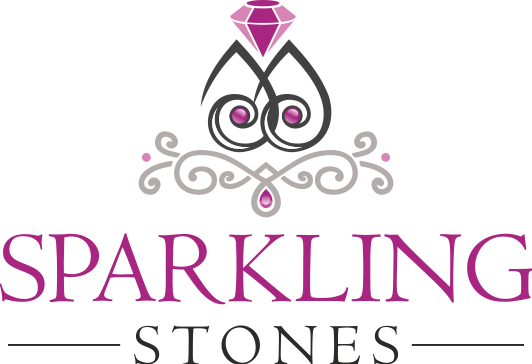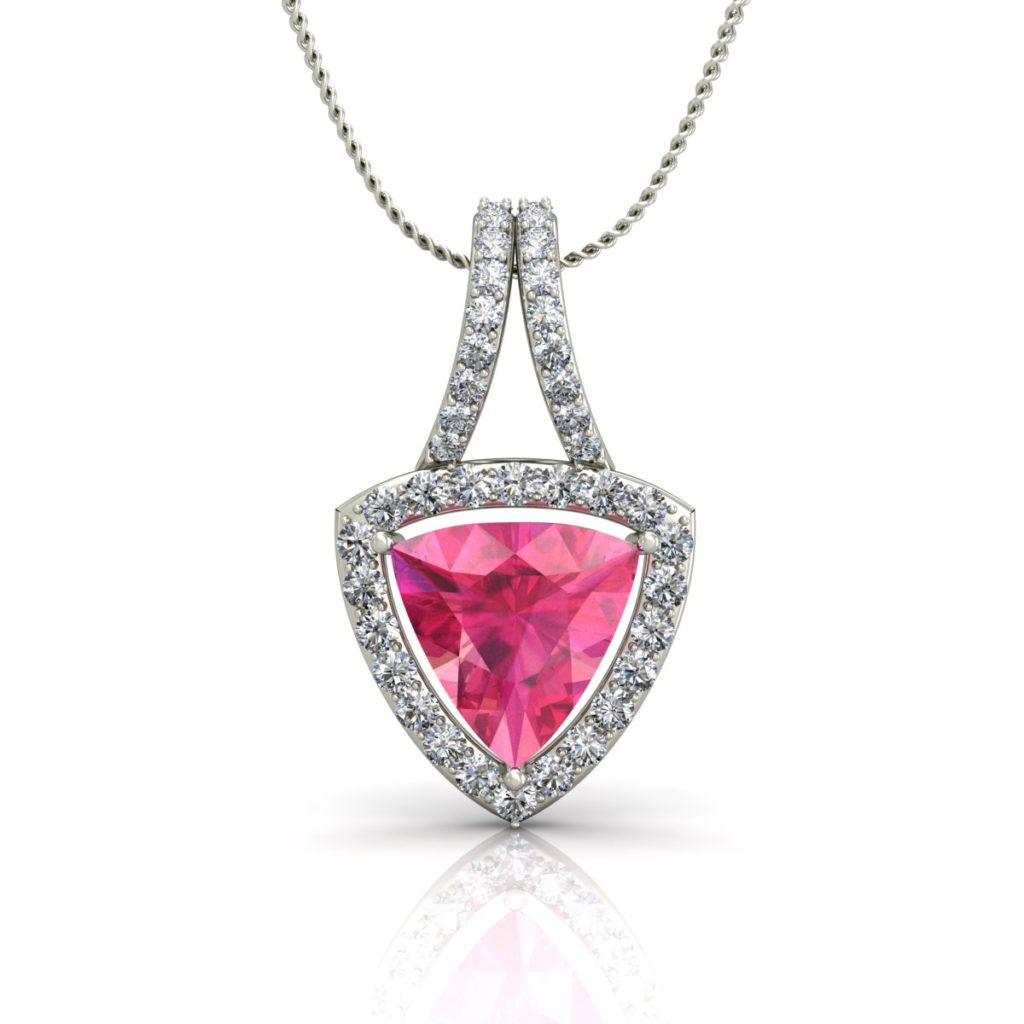The rubies come from the Corundum family of gem stones, its sister stones are called sapphires. Presence of chromium mineral in the stone imparts the spectacular red colour to the stone. The rubies, like diamonds, are judged on the basis of the 4 Cs: Cut, Carat, Clarity and Colour. However, that is not all, the region of origin, level of treatment etc. are also the factors that affect the quality and price of the stone. So, if you are going to buy a ruby in near future or wish to enhance your knowledge about the gemstone, this post has a lot in store.
One of the most precious gemstones and second only to diamond in hardness, Ruby is an excellent choice for jewellery for all ages. Any skin type can flaunt the warm tones of ruby red. Here are some important factors to keep in mind while buying rubies:
- Always buy your gems from a reputed and certified seller.
- The colour of the rubies is recommended to be somewhere in between purplish red to bright red, anything less than this could actually be pink sapphire which is actually lower in price. Burmese rubies are said to be the richest in colour and command high value in international market.’
- A clear intrusion free ruby is very rare and is a sought-after commodity by collectors and luxury jewellers. Intrusions in a ruby are generally needle shape which, though are not visible to naked eye but can be seen through jeweller’s loupe, microscope or a high-power magnifying glass. If a seller claims that the ruby he is selling is intrusion free, it is safer to ask him for a certificate from a certified gem-testing lab, to back his claims.
- Next consideration should be the carat or the weight of the gemstone. Smaller rubies, weighing less than a carat or even 2 carats are common. But as the carat size of a ruby increases above 2 carats, its price per carat increases exponentially. The ruby crystals are formed in such away that it is difficult to cut a big piece with even colour and no major inclusions.
- The rubies are most commonly cut in cushion or oval shape. According to ‘withclarity.com’, a diamond and a ruby of the same carat weight can appear different, the ruby shall appear smaller. This is because the carat weight of a ruby is mostly retained at the bottom of the stone and for this reason the head surface of a ruby is kept smaller.
- The location of where the ruby is mined from, affects the colour and clarity of the stone. Always ask for the certification of the location from where the gem is mined, as many sellers tend to sell the rubies saying these are from Myanmar but are actually either mined somewhere else and are treated to achieve the colour of the Burmese ruby.
- Synthetic rubies are a reality, therefore to keep yourself safe from buying a synthetic, copy or a fake ruby, always ask for the certificate of the stone. These certificates should be from an accredited agency like GIA. Do not hesitate to ask questions from the vendor regarding the country of origin, colour, treatment, clarity etc of the stone. If possible look for the natural intrusions in the stone under the jeweller’s loupe to establish its authenticity.
- It has been claimed by various sources that 90% of the rubies in the market at a time are treated in some way or the other to enhance the colour or clarity of the gemstone. Basic heat treatment is widely acceptable but concealing the visible fragments and intrusions in a ruby by filling glass, or dyeing the stone, are some of the unfavourable treatments and buyers should watch out for such red flags.

